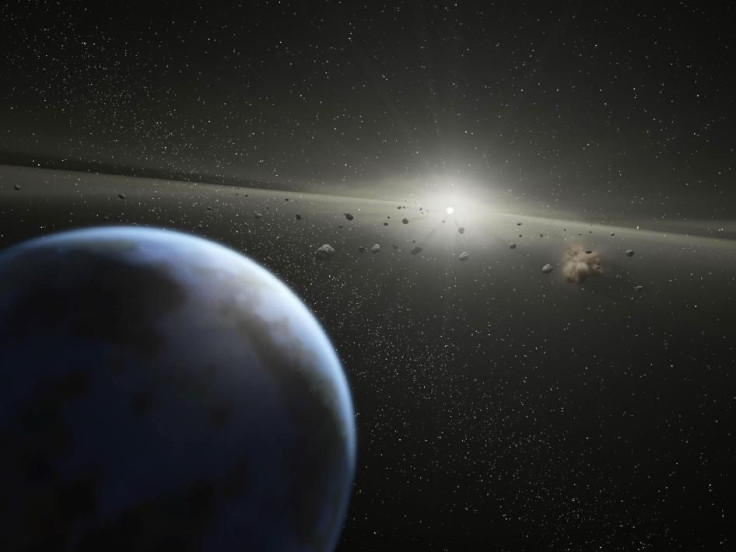NASA Releases New Asteroid Detection Software For Amateur Astronomers

Since the early 20th century, astronomers have relied on the same technique to detect asteroids -- they take images of a section in the sky and look for star-like objects that move between frames. However, with an increase in sensitivity of ground-based telescopes, it has become increasingly difficult for astronomers to sift through the massive pile of data and verify every single detection.
In order to increase the frequency of asteroid detection, including of those bodies that could be potential threats to our planet, NASA has released a new software, developed in collaboration with Planetary Resources, Inc., capable of running on any standard PC. The software, which can be downloaded for free, will accept images from a telescope and run an algorithm on them to determine celestial bodies that are moving in a manner consistent with an asteroid.
Amateur astronomers and asteroid hunters can also take images from their own telescopes and analyze them with the software. “The application will tell the user whether a matching asteroid record exists and offer a way to report new findings to the Minor Planet Center, which then confirms and archives new discoveries,” NASA said in a statement released Sunday.
The new algorithm, which increases the chances of asteroid detection in the asteroid belt between Mars and Jupiter by 15 percent, was created as part of NASA’s Asteroid Data Hunter challenge. The work is also of special interest to Planetary Resources, which hopes to mine asteroids for water and precious metals in the near future.
“The Asteroid Data Hunter challenge has been successful beyond our hopes, creating something that makes a tangible difference to asteroid hunting astronomers and highlights the possibility for more people to play a role in protecting our planet,” Jason Kessler, program executive for NASA’s Asteroid Grand Challenge said in the statement. The grand challenge, sponsored by the NASA Tournament Lab, was announced in 2013 with an aim to find all “asteroid threats to human populations.”
© Copyright IBTimes 2024. All rights reserved.






















